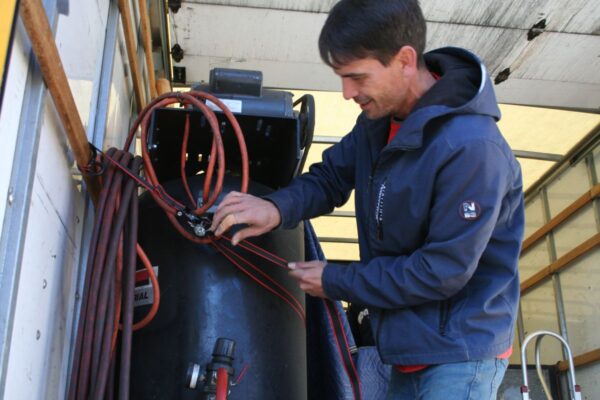
Over 40 million Americans move per year, but the process of moving doesn’t come without risks. We want to talk about the top 10 moving safety tips.
Lifting heavy objects, using sharp packing knives, and navigating tight spaces could lead to a serious injury. Unless you’ve prepared for moving day and know what it takes to stay safe, the day of the move could prove to be more dangerous than you expected.
Here are the most important moving safety tips to be aware of.
1. Wear the Right Clothes
For moving day, make sure you’re wearing the appropriate clothes and shoes. They should be flexible, breathable, and loose-fitting. You don’t want your clothes to be too loose, but you should have enough room to move around comfortably.
Strong comfortable footwear is the most important part. Be sure to wear closed toed shoes with a good level of support and traction on the soles. You shouldn’t wear anything with high heels or open toes.
2. Avoid Overpacking the Boxes
It can be tempting to pack as much into one box as you possibly can. But just because 100 pounds of books or equipment fits into a box doesn’t mean that you should.
Moving boxes are only designed to hold a certain amount of weight. Going over this amount can put pressure on your back, knees, and other joints. Not to mention the box.
Look for guidelines listed on the box and keep it under the limit. If there are no guidelines, keep these rules in mind. 50 pounds for a small box, 65 pounds for a medium box, and 70 pounds for a larger box.
And if it feels too heavy, it’s too heavy.
3. Use the Right Lifting Techniques
When lifting heavy objects, there can be a high risk for injury, especially for the back and shoulders. The safest way to move is to let experienced professionals handle it all, including the heavy lifting.
But if you’re managing the difficult task on your own, it’s important that you know the proper lifting techniques.
- First, you need to have a solid grip on the object. Gloves may help with traction.
- Keep your back straight and bend your knees to lift instead of your back.
- Make sure you keep the object close to you. The farther away it is, the more it stresses your back.
- Keep objects centered on your body–which is typically close to the waist–to maintain your balance. If you need to turn around while carrying the object, move your feet together with the load instead of twisting your back.
- Don’t move something that weights more than 20% of your body weight.
- Don’t twist, turn, or pivot when lifting.
- Most importantly, if the box is too heavy to carry alone, get a friend or assistant to carry the box with you.
4. Double Tape Your Boxes
Whether you’re using used or brand-new cardboard boxes for your move, they need to be secure.
Don’t over pack your boxes. And too much weight can still collapse or tear through the bottom of a cardboard box, regardless of what you packed into it.
Use quality packing tape to seal your box for safety. Double seal the bottom and the sides to strengthen the stability of the box before filling it up.
5. Clear Your Exit Routes
One of the most difficult and dangerous parts of the move is trying to move large items and boxes out of a confined space.
Make sure you plan your exit routes ahead of time, so you don’t get stuck navigating on the spot while carrying something heavy.
Be sure that all hallways, rooms, stairs, and outside areas are clear. Remove any obstacles that might get in your way. And be sure to measure doorways if you’re not sure you can fit an item through.
Remove any scattered boxes or other moving equipment. Also be sure to clean any moisture or debris on the ground to avoid the risk of slipping.
Make sure little feet and paws are kept out of the moving area.
6. Secure All Sharp Objects
Open box cutters or unwrapped knives can go right through a box and into someone’s hand. Be sure to close box cutters when you aren’t using them. And wrap all knives when they’re not in use to lower the chances of injury.
Not taking the time to secure knives, box cutters, gardening supplies, scissors, and more can lead to dangerous cuts.
When packing up items like kitchen knives, be sure to wrap them in packing paper or bubble wrap. Or you can wrap the knives in a dish towel and secure them with a rubber band.
7. Use Moving Equipment
When it comes to moving large and heavy items, it’s always safer to use proper moving equipment.
You can rent or purchase a moving dolly, which is a two or four-wheel appliance that helps you roll heavy items, boxes, or appliances out of your house without having to lift them. It takes the weight off your shoulders and can reduce the risk of injuries.
8. Take Care of Yourself During the Move
Make sure you get a good night sleep before the move. When you are tired, it’s easier to make mistakes.
Make sure you eat something healthy to maintain blood sugar levels, mental clarity, and strength.
And stay hydrated. You don’t want to experience the side effects of dehydration during or after your move.
9. Hire excellent movers to avoid safety issues and damage to your property.
When hiring our movers, you’re hiring real moving professionals who care about all your belongings with respect. They work hard with a purpose and integrity. They genuinely care about their position and work in a timely manner.
Moving Safety Tips to Remember for Your Next Move
Protecting yourself during the move is just as important as protecting your belongings. This is why you need to have a solid understanding of basic moving safety tips.
With these precautions in mind, you can be sure that your next move will go smoothly, without the added stress of injuries or accidents.
Getting ready to move? Looking for professional movers to help you do it? Contact us.
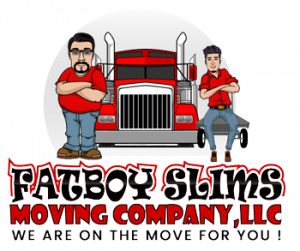
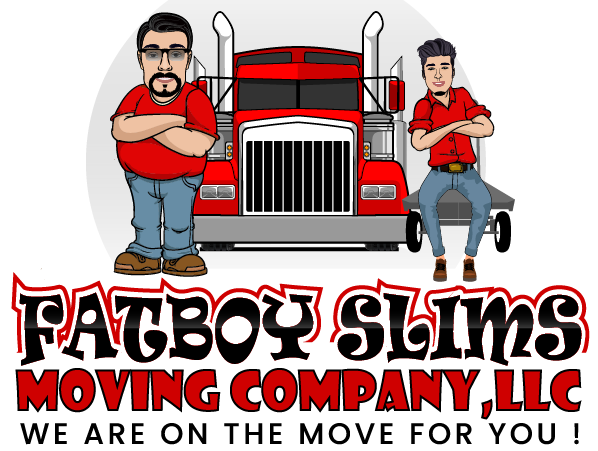
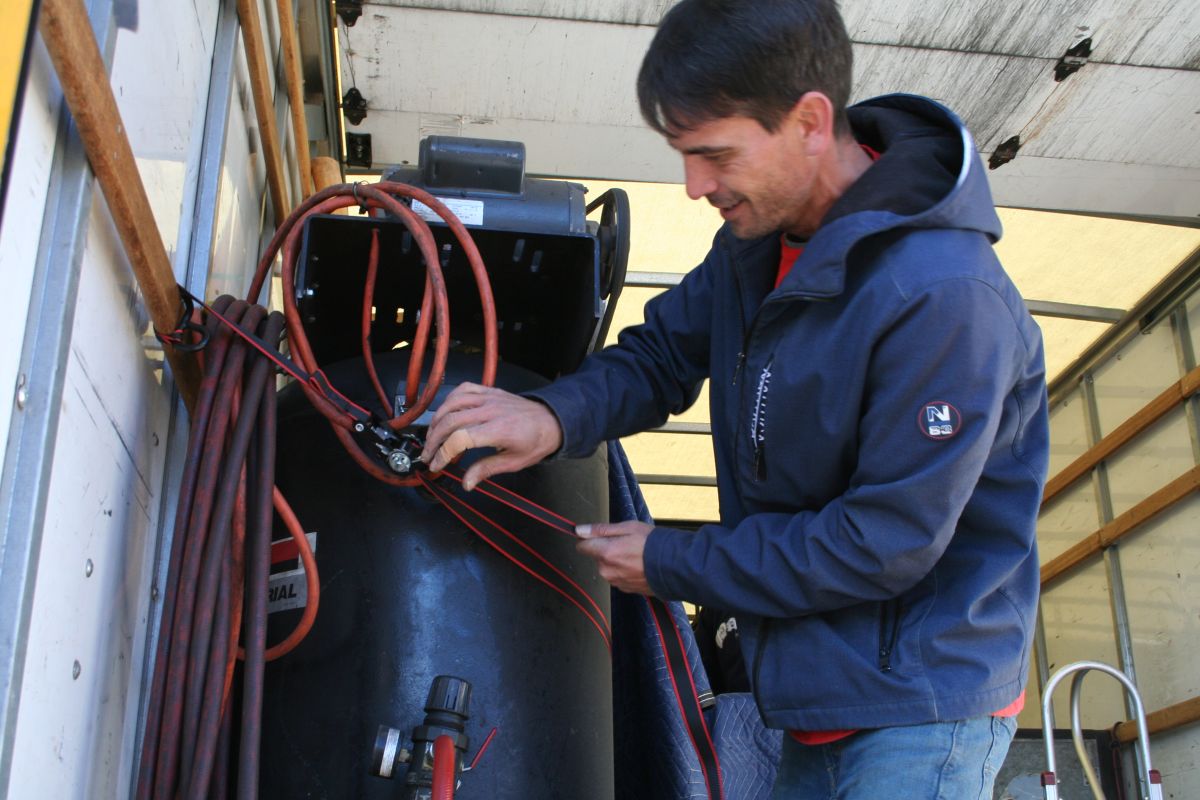
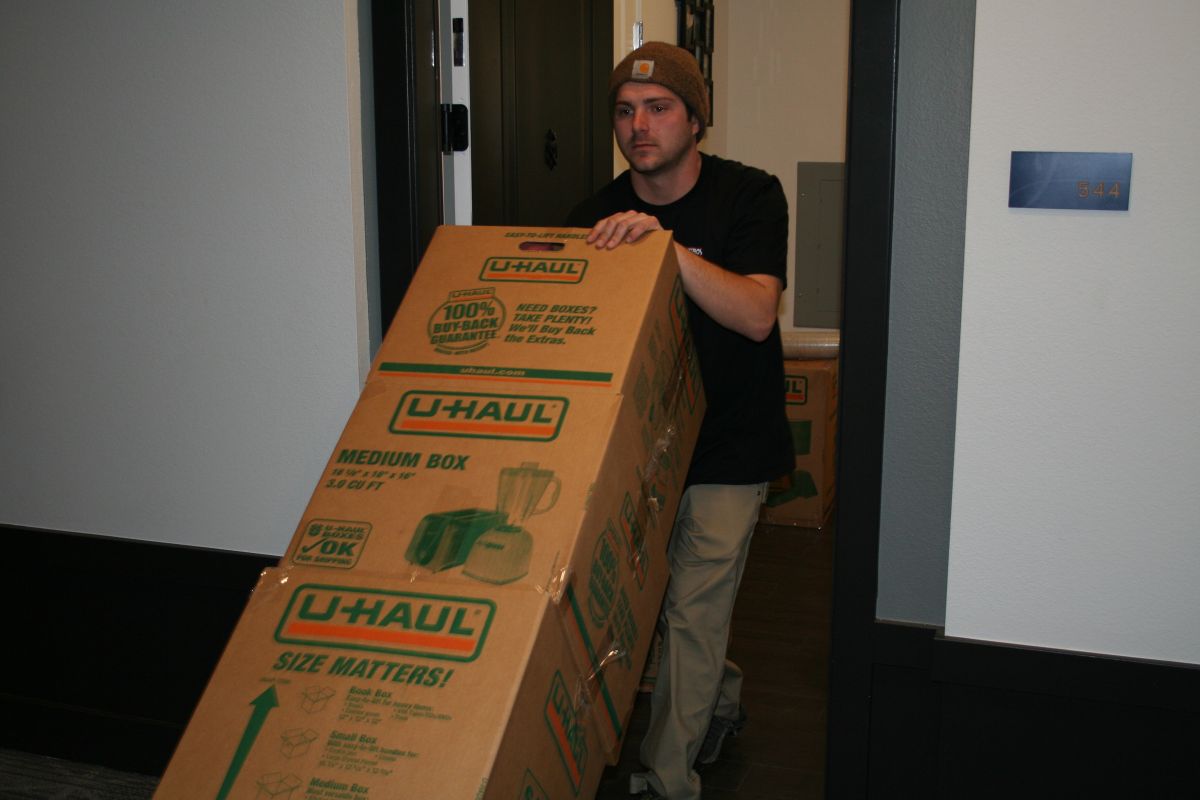
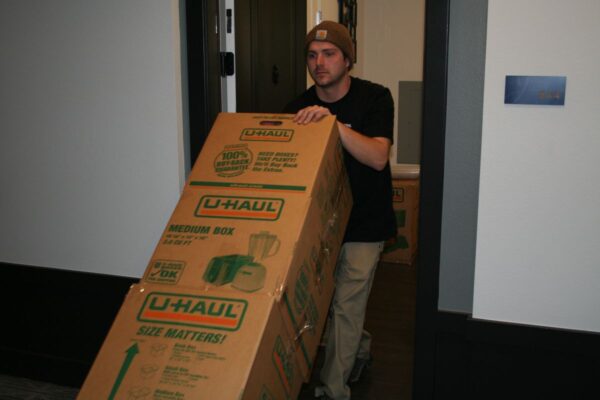
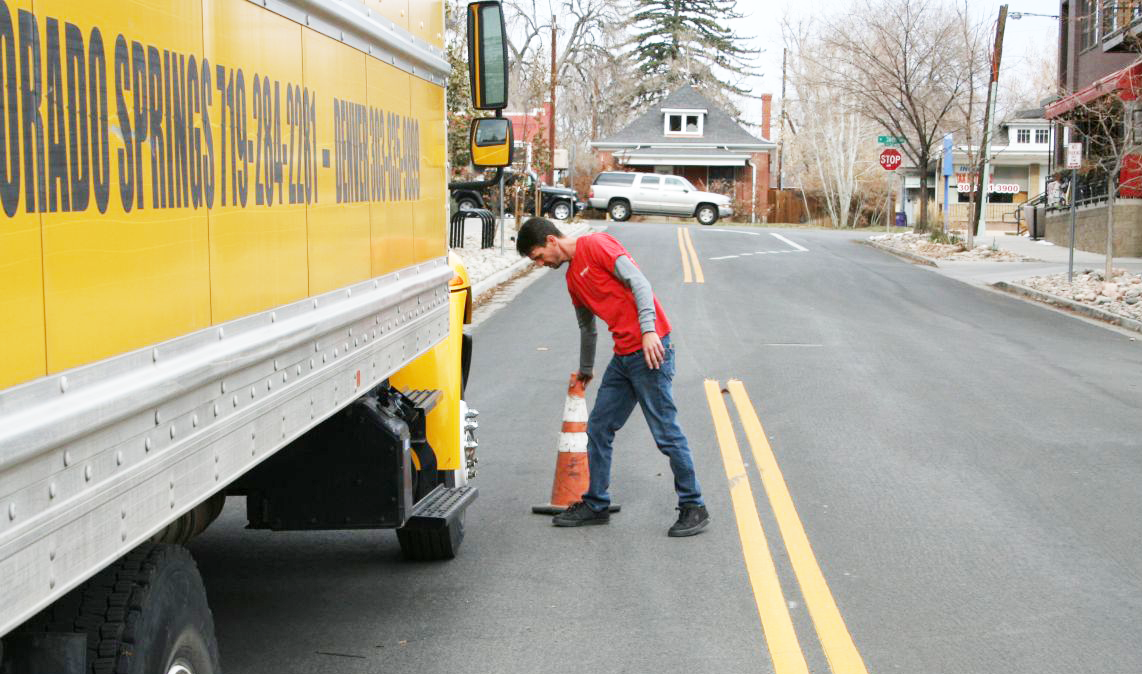
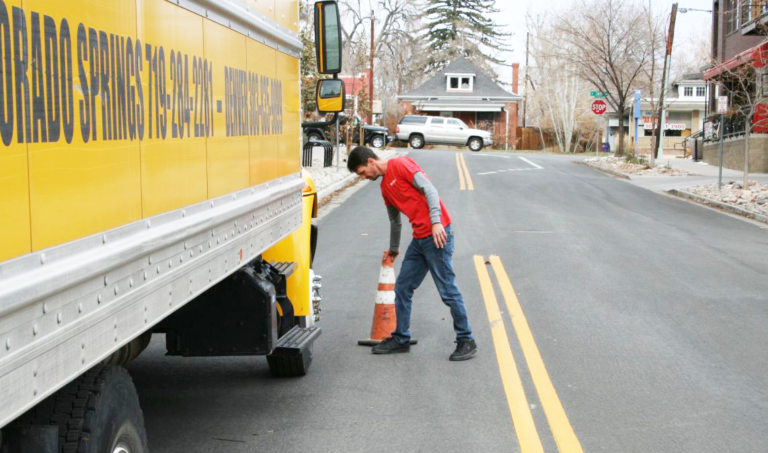
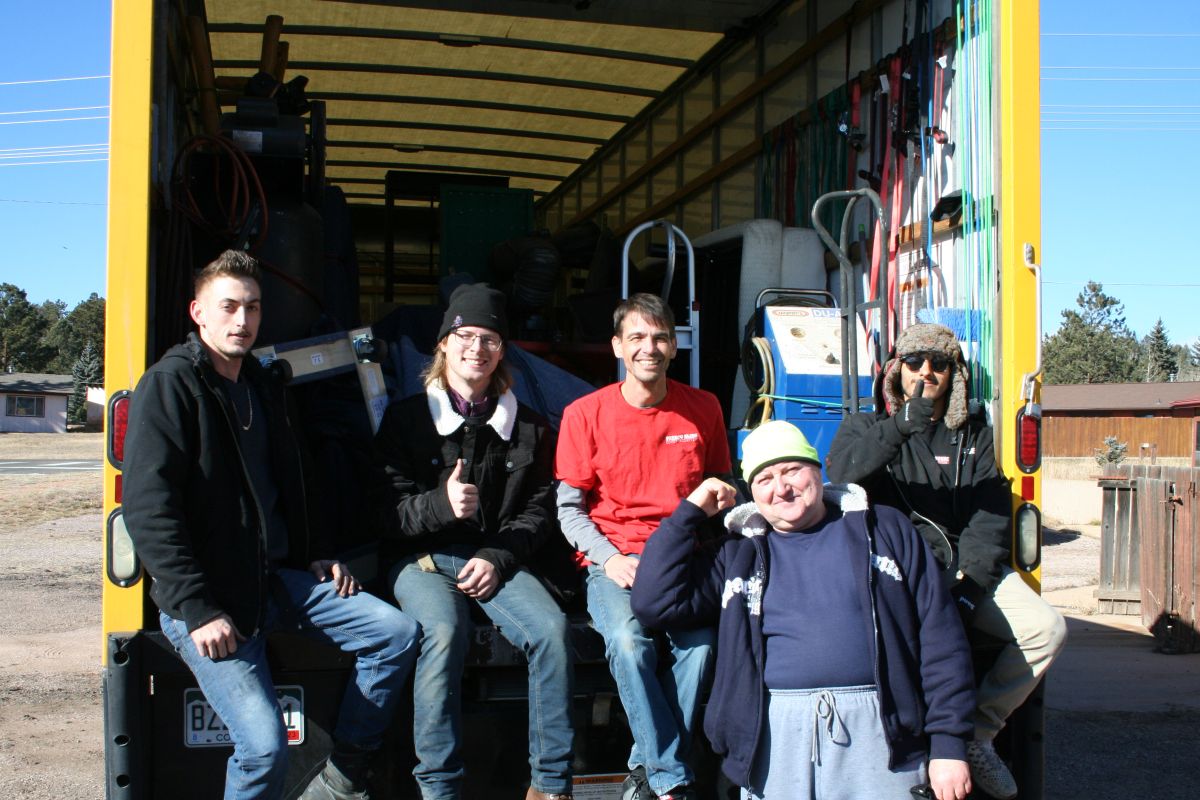
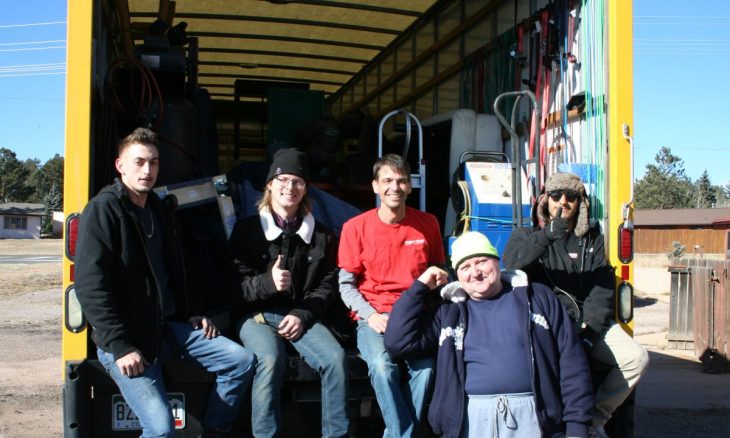
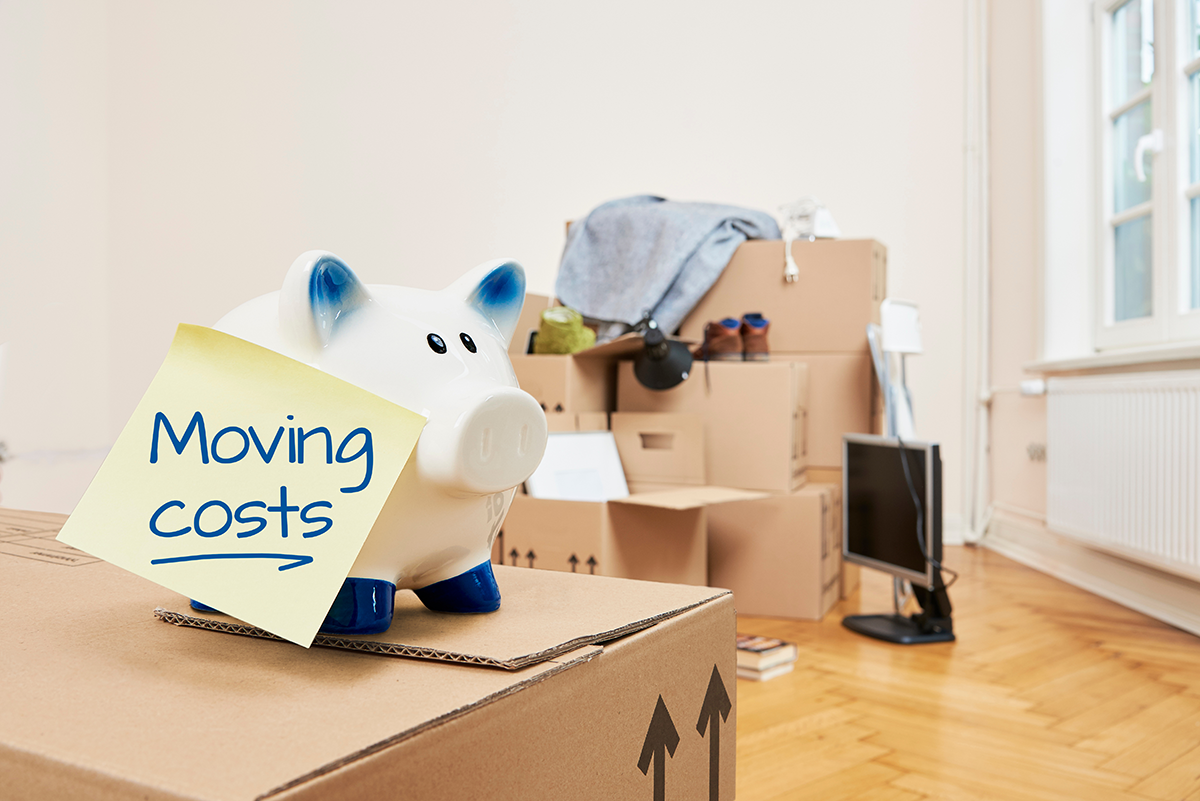
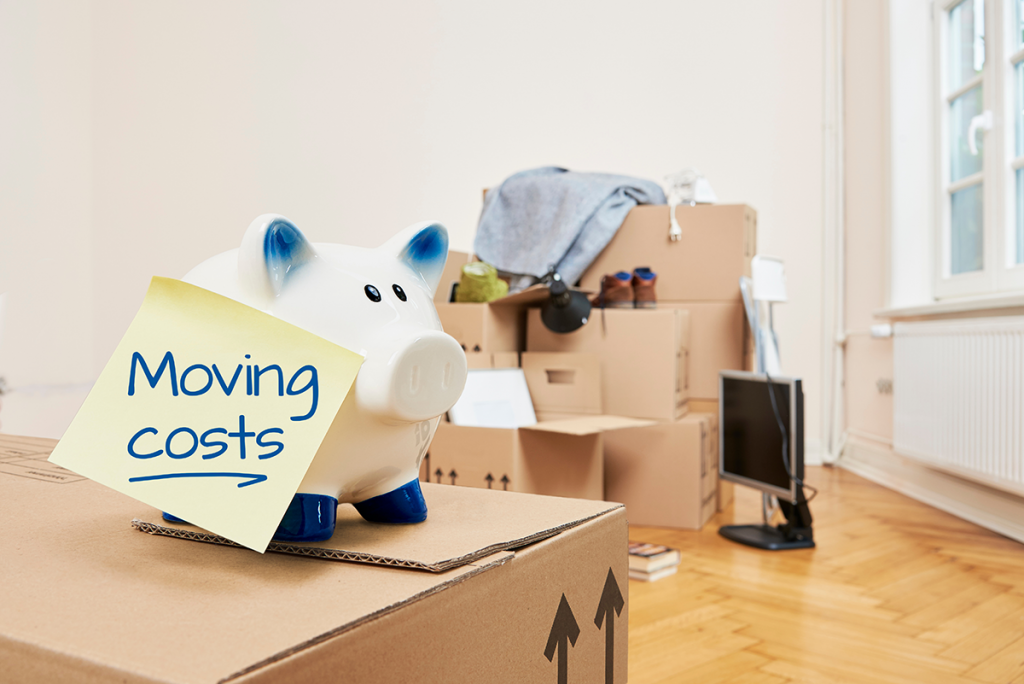
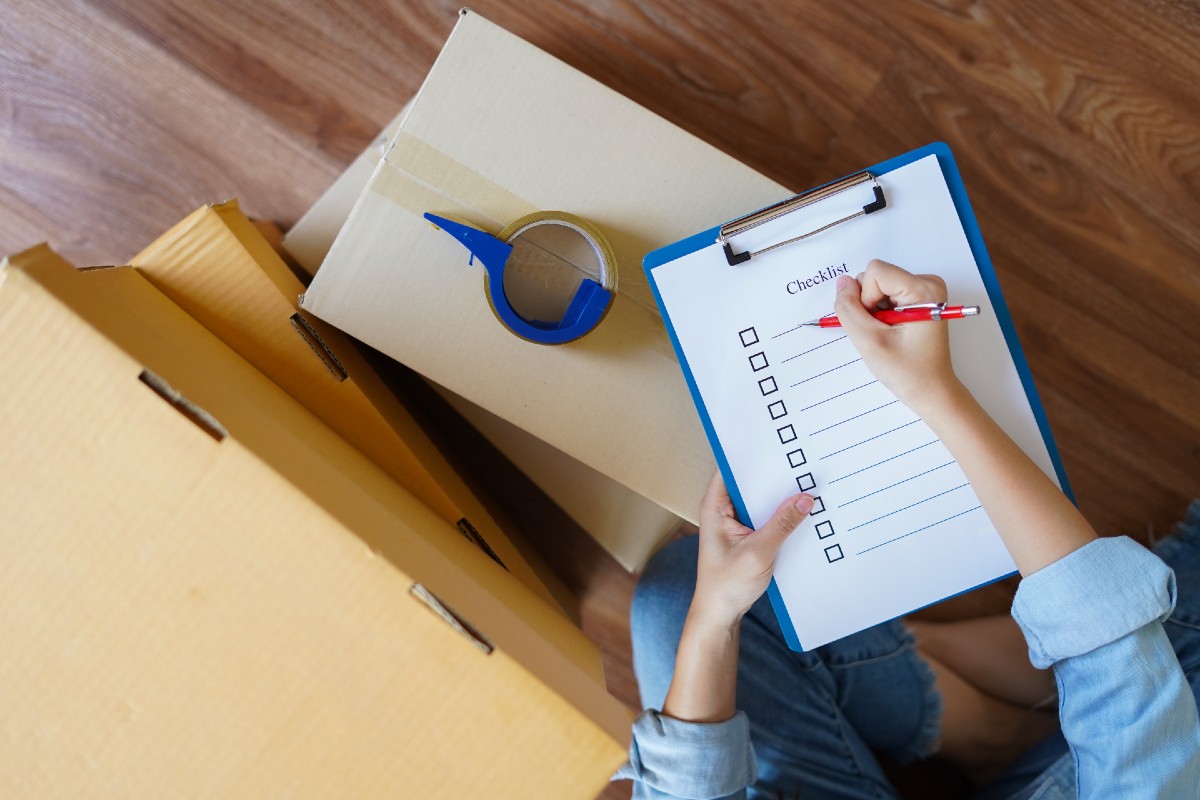
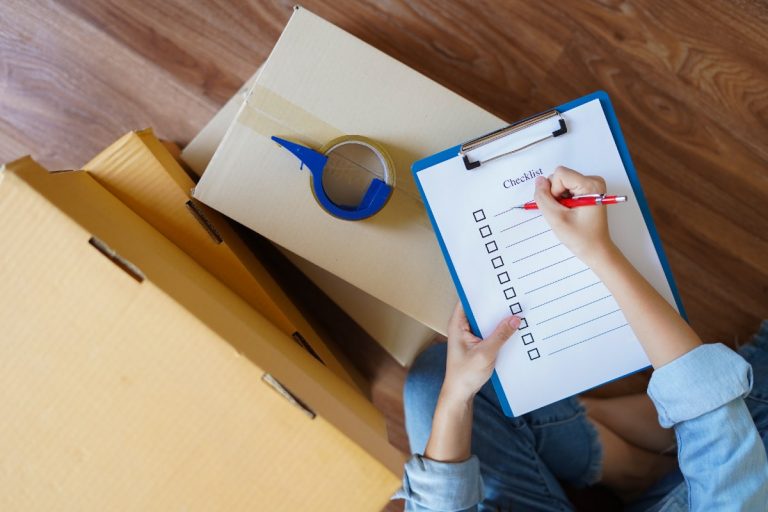
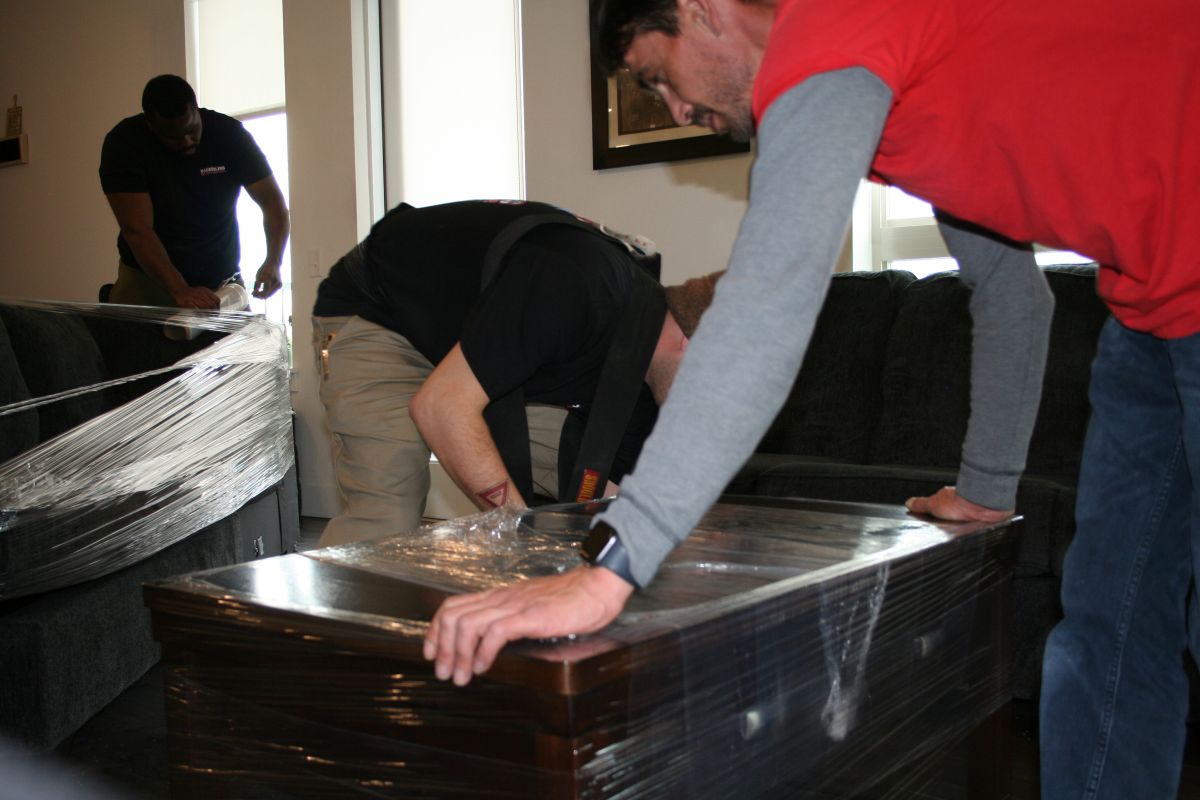
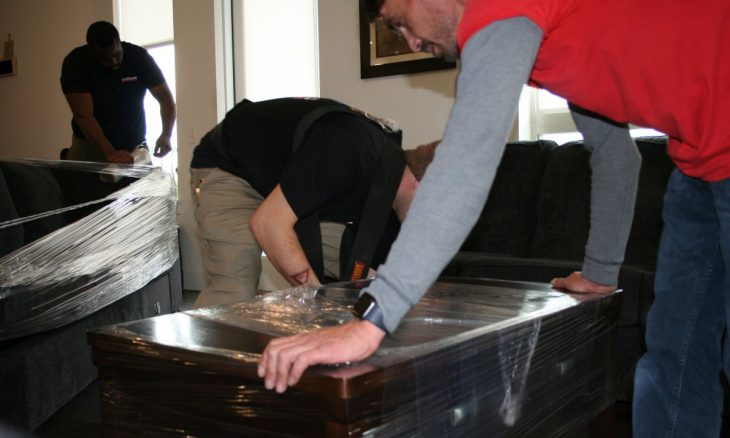
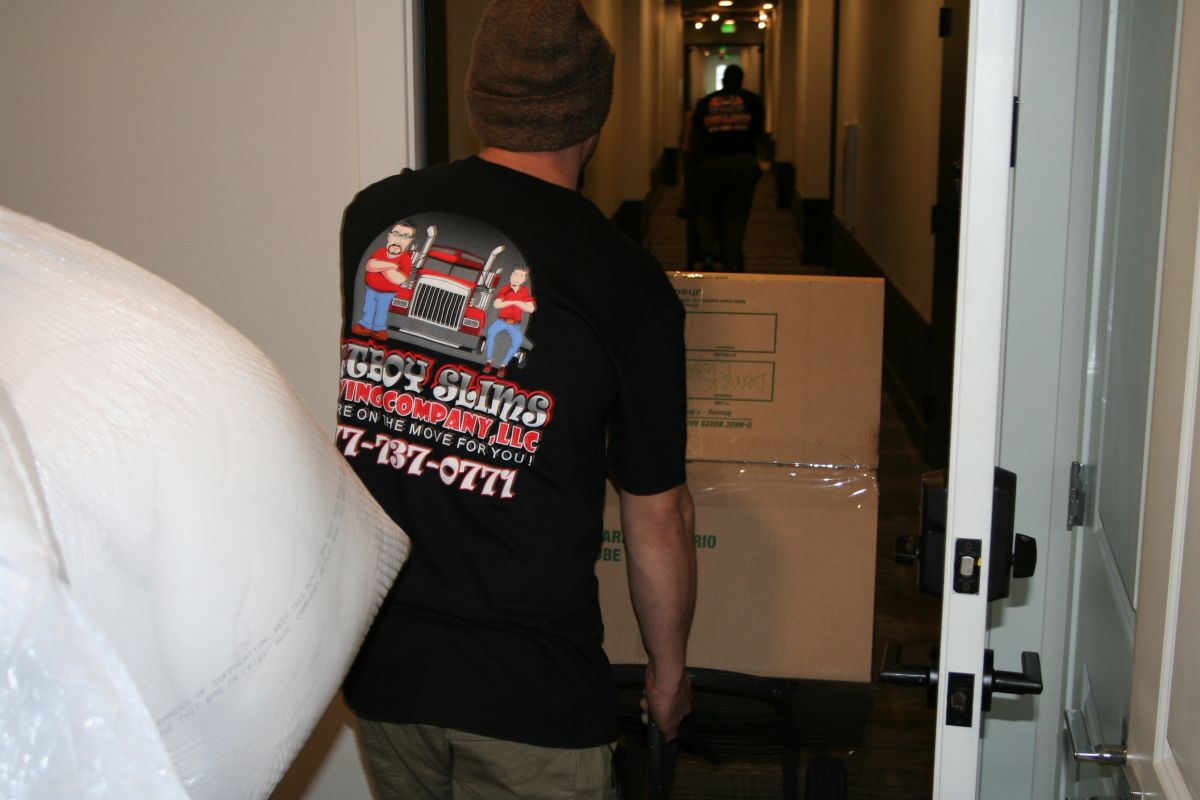
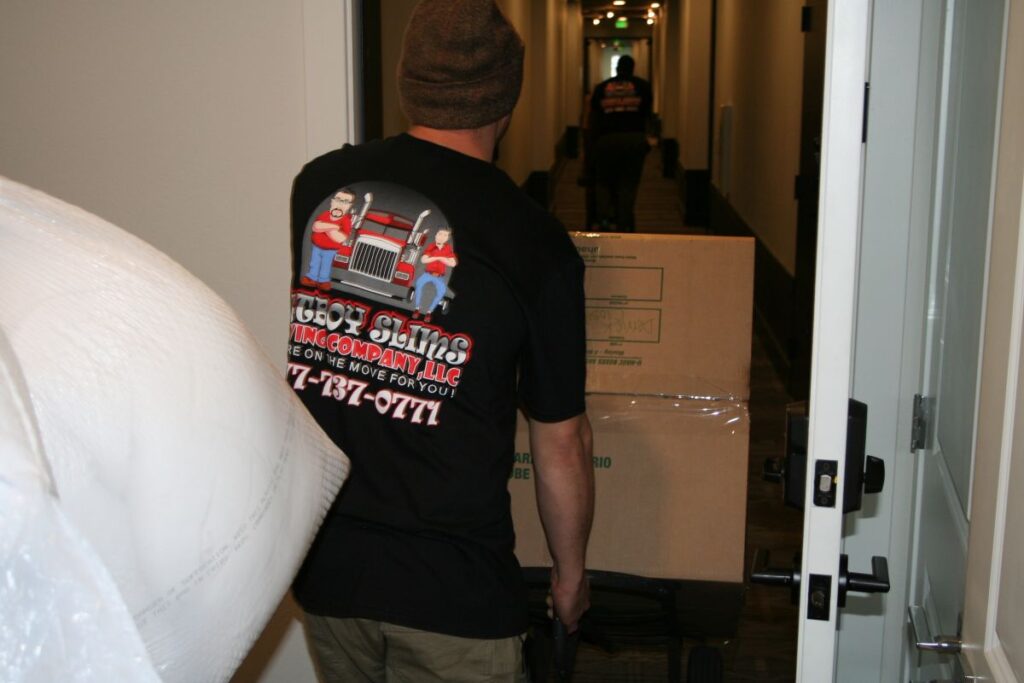
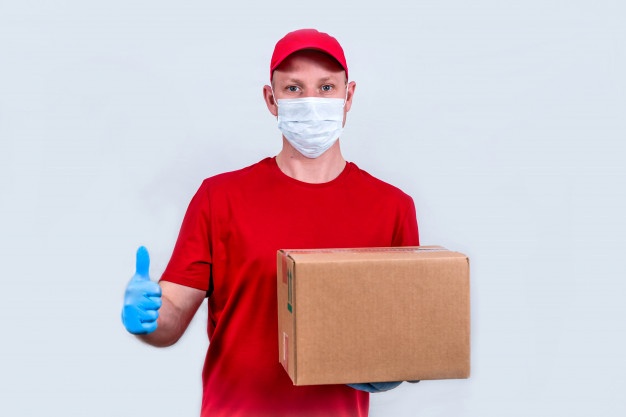
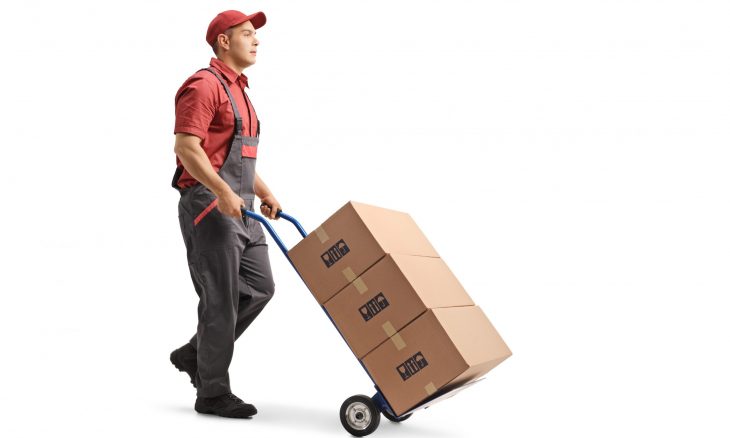
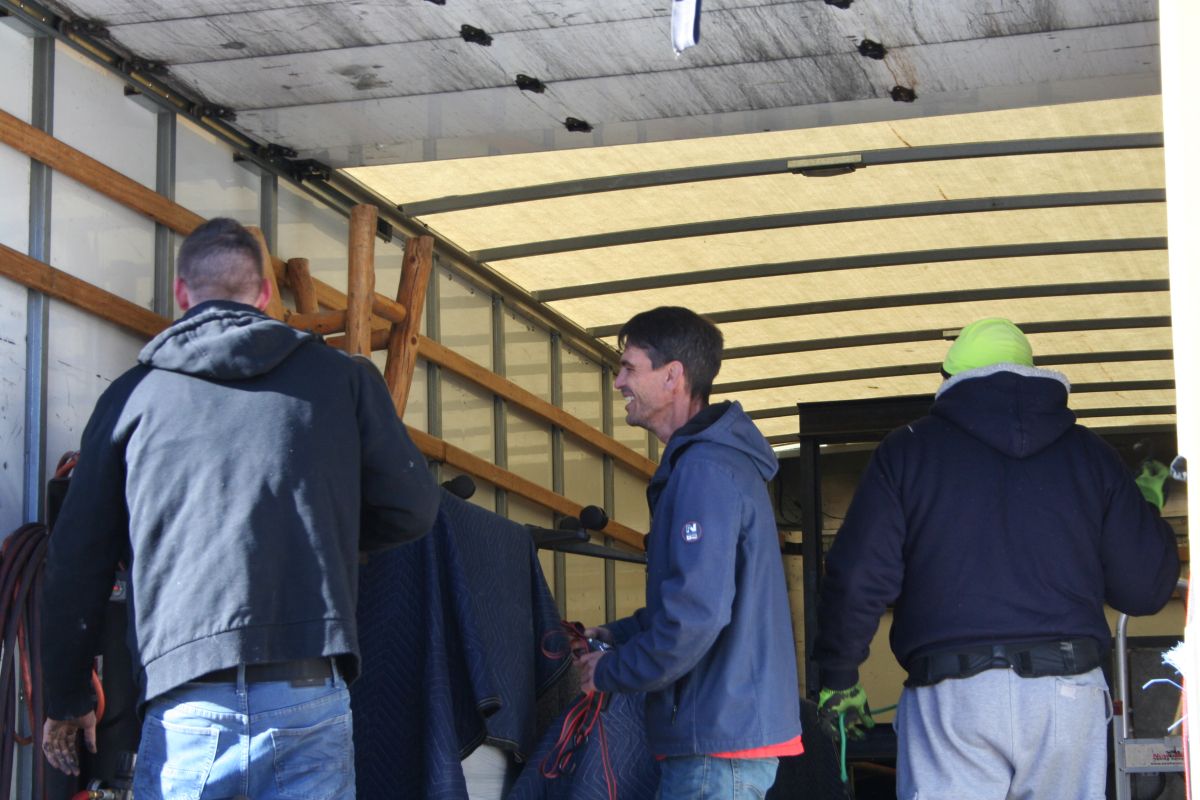

Recent Comments